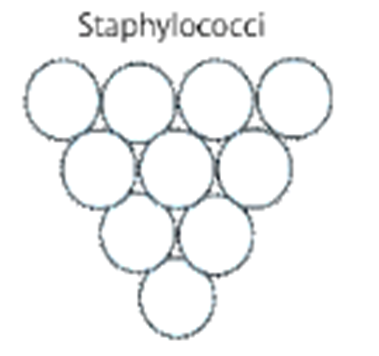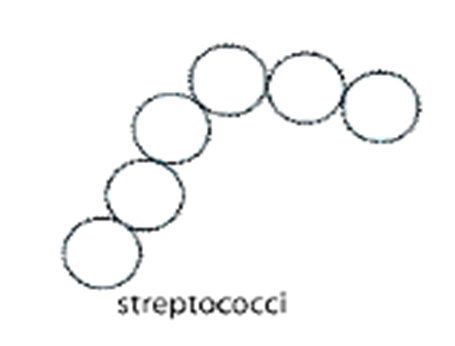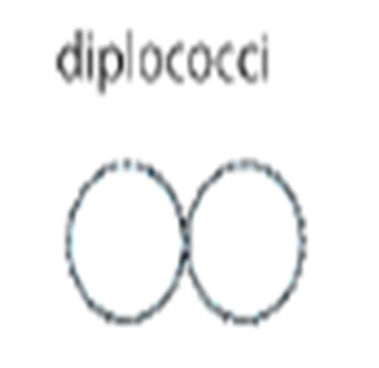 Multiple Choice Questions
Multiple Choice QuestionsWhich one of the following viruses contains is a DNA and RNA?
Cyanophage
Herpes virus
Leuko virus
Polio virus
Identify the correct sequence of events in the viral replication process.
I. Eclipse
II. Maturation
III. Adsorption
IV. Assembly
V. Penetration
VI. Lysis
I, II, III, IV, V, VI
II, I, III, IV, V, VI
III, V, I, II, IV, VI
III, V, VI, IV, II, I
Match the items in column I with those in Column II and choose the correct answer.
| Column I | Column II |
| A. Blue- green algae as biofertilizer | 1. Ectomycorrhiza |
| B. Fungi as biofertilizer | 2. Thiobacillus sp. |
| C. Free living nitrogen fixing bacteria | 3. Anabaena sp. |
| D. Phosphate solubilizing bacteria |
4. Clostridium sp. 5. Azospirillium sp. |
A- 3; B- 1; C- 5; D- 2
A- 5; B- 1; C- 2; D- 4
A- 5; B- 4; C- 1; D- 2
A- 4; B- 2; C- 4; D- 2
lsogamous condition with non-flagellated gametes is found in
Chlamydomonas
Spirogyra
Volvox
Fucus
Besides paddy fields, cyanobacteria are also found inside vegetative part of
Pinus
Cycas
Equisetum
Psilotum
Pigment-containing memberanous extensions in some cyanobacteria are
heterocysts
basal bodies
pneumatophores
chromatophores
Which of the following are likely to be present in deep sea water?
Archaebacteria
Eubacteria
Blue-green algae
Saprophytic fungi
Which of the following bacteria is observed as chain-like formation?
Escherichia coli
Bacillus subtilis
Streptococcus pyogenes
Micrococcus flavus
Which one of the following cocci appears like grapes under microscope?
Streptococci
Diplococci
Staphylococci
Pneumococci
C.
Staphylococci
Staphylococci are species of Gram-positive bacteria. It can cause a wide variety of infections in humans and other animals through infection or the production of toxins. When viewed under microscope, they appear in grape-like clusters.

Streptococcus is a genus of Gram- positive coccus or spherical bacteria.

Diplococci is a bacterium that occurs as pairs of cocci. It is a round bacterium that occurs in the form of two joined cells.

Pneumococci is a type of streptococcus bacteria.
